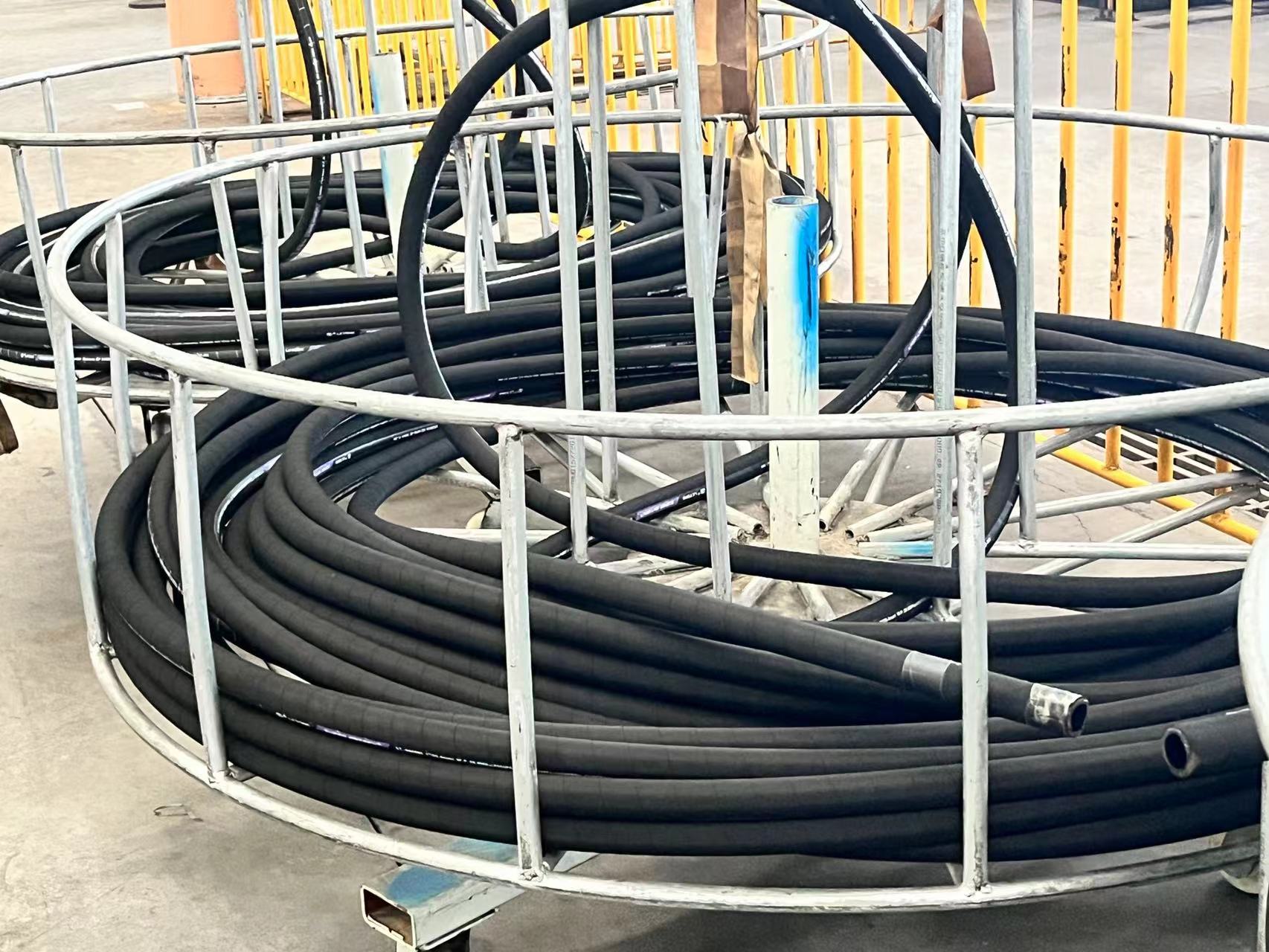API 16D Sizing Tool for Subsea Well Control Systems
2023-06-30 14:10:54
Leed International offers a comprehensive API Monogram training program. With the help of workshops, group discussions, Think-About-It questions and practical application activities, attendees develop a firm understanding of the stringent API Q2 requirements.
Many rigs have rigid piping that connects to the BOP stack. This piping is often not fire tested, especially on walking rigs.
Reliability
API 16D regulates the design method of accumulators that are used to deliver a pressurized fluid whose function is to actuate safety operations on a subsea well. The standard recommends that all accumulators be fire tested to ensure their reliability. However, this requirement is not always followed on walking rigs.
The aim of the study presented here is to reorganize the design procedure reported by API 16D-Method C and transform it into an original nomogram in which the role of all operating parameters involved can be appreciated (within the respect for API 16D). The proposed nomogram highlights the main sensitivities of the variables in the final design.
The results obtained from this study confirm the fact that accumulator failure can occur due to lack of pressure (energy) in the propelling gas. This is the reason why the norm invites to accomplish a verification process after the design. This process can be accomplished by increasing the number of accumulators or by changing their precharge pressure with respect to the optimum value.
Safety
API 16D Sizing Tool uses a proprietary calculation algorithm to determine the optimal volume of accumulators for a given BOP stack class. It also calculates the required accumulator precharge pressures and ensures that shear and deadman rams are sized to operate within their maximum load capacity. In addition, the program performs a fire test to ensure that all flexible lines connecting the control system to a Division One area can be safely emptied in a 5 minute time period.
The design method for the bank of accumulators which deliver a pressurized fluid in order to accomplish AS, DMAS or EDS actuations on a subsea well must comply with the regulation reported by API 16D-Method C 15. This procedure standard recommends to accomplish a verification step to check if the required number of accumulator can be achieved. This paper analyses this issue, by transforming the normed procedure into an original nomogram allowing to verify that the final design meets the requirement requested.
Maintenance
BOP stacks are critical to ensuring the safety of crew and equipment on a drilling rig. These systems are designed to provide the highest level of shear protection and pressure control. However, this equipment requires maintenance and inspection to ensure continued performance. Cansco has stepped up to meet the demands of our customers with ‘3rd Edition’ upgrades for 2nd Edition control system products.
Rigid and flexible lines between the control systems and BOP stacks must meet fire test requirements. HENDERSON carries API 16D monogrammed flanged and loose connectors, tees, crosses, adapter and spacer spools to help you meet these requirements.